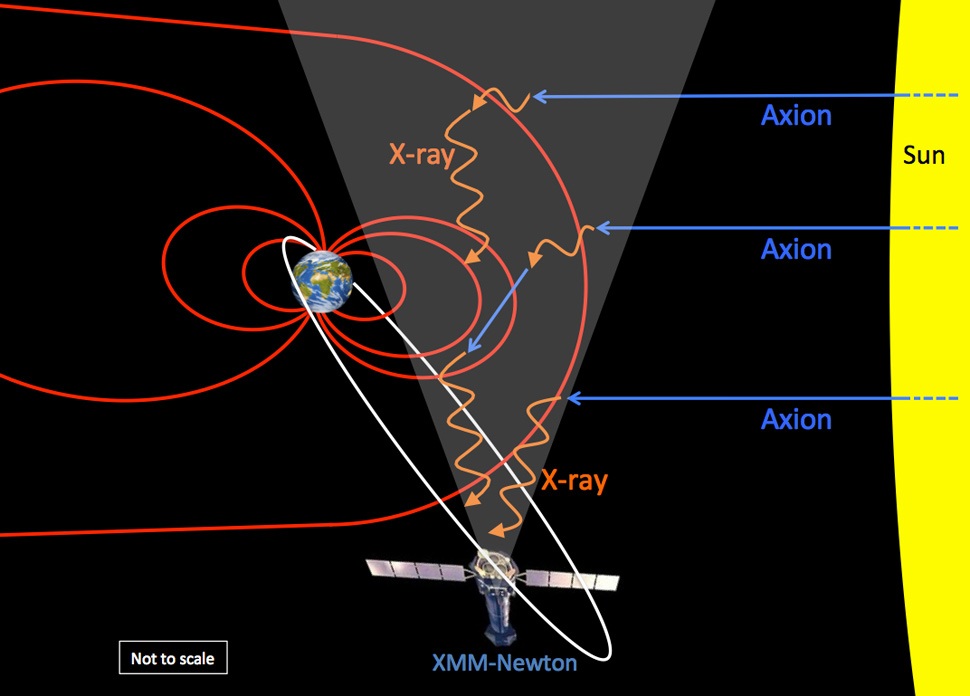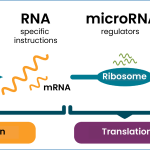Axions are hypothesized elementary particles that have emerged as a leading candidate in the quest to explain dark matter, a mysterious substance making up about 85% of the universe’s mass. These elusive axions, yet to be directly observed, play a crucial role in addressing some of the most pressing questions in particle physics and cosmology. Recent groundbreaking experiments, spearheaded by scientists at Harvard and King’s College London, have paved the way for the detection of axion quasiparticles, which can potentially act as dark matter detectors. This innovative research opens new avenues for harnessing quantum technologies while significantly advancing our understanding of the universe’s composition and history. As this field of study progresses, the quest for axions continues to be a focal point for researchers exploring the fundamental building blocks of nature.
In the realm of theoretical physics, axions represent a pivotal concept linked to dark matter and the intricate makeup of the cosmos. These hypothetical particles, along with their quasiparticle counterparts, are studied rigorously, lending new insights into complex topics like quantum mechanics and astrophysics. The ongoing investigations into these fascinating entities not only illuminate the nature of dark matter but also potentially revolutionize quantum technologies as we know them. By synthesizing advanced materials tailored for axion research, scientists are pushing the boundaries of particle physics, making strides toward unraveling the universe’s greatest mysteries. As researchers explore the properties and implications of axions, their findings could transform our understanding of both the micro and macro aspects of physical reality.
Understanding Axions: The Key to Dark Matter
Axions are theoretical particles that have been proposed to help explain the elusive nature of dark matter, which is thought to make up roughly 85% of the universe’s mass. These particles emerged from the need for physicists to account for the gravitational effects measured in the cosmos while reconciling them with the observable matter. By exploring axions, researchers aim to unravel some of the deepest mysteries in particle physics and cosmology, paving the way for a more comprehensive understanding of the universe.
The recent breakthroughs in the detection techniques for axions signify a hopeful avenue for confirming their existence. Innovative experiments utilizing axion quasiparticles demonstrate a practical approach to revealing the fundamental nature of these proposed particles. Beyond just enhancing our understanding of dark matter, the successful identification of axions could lead to new developments in quantum technologies and materials science, fundamentally altering the landscape of both fields.
Frequently Asked Questions
What are axions and why are they significant in dark matter research?
Axions are hypothetical particles proposed to solve significant problems in particle physics, particularly in understanding dark matter. They are believed to constitute a substantial portion of the universe’s mass, despite being undetectable. Their existence could provide answers to questions about the universe’s composition and the fundamental forces at play.
How do axion quasiparticles contribute to the study of dark matter?
Axion quasiparticles act as simulators for studying axion particles. By detecting interactions between dark matter axions and these quasiparticles, researchers can gain insights into their properties and possibly confirm their existence. This innovative approach enhances our understanding of dark matter detection methods.
What role do quantum technologies play in axion research?
Quantum technologies enable precision measurements and sensing techniques that are crucial for detecting axions and their associated quasiparticles. By utilizing advanced materials and quantum optics, researchers can enhance the effectiveness of experiments aimed at uncovering the mysteries surrounding dark matter.
What materials are used in the experiments to detect axions?
Researchers have utilized manganese bismuth telluride, a material known for its unique electronic and magnetic properties, to create a two-dimensional crystal structure that nurtures axion quasiparticles. This material is essential for facilitating the detection process.
What does the term ‘dark-matter detector’ mean in the context of axion research?
A dark-matter detector is a device designed to identify signs of dark matter, particularly axions. The latest studies propose a novel approach to using axion quasiparticles as a ‘cosmic car radio’ to tune into specific frequencies emitted by dark matter axions, potentially leading to breakthroughs in detecting this elusive substance.
How can axions provide insights into particle physics and cosmology?
Axions are deeply interconnected with both particle physics and cosmology, as their detection could validate theoretical models and enhance our understanding of the universe’s composition. Their role in dark matter and their properties could illuminate the evolution of cosmic structures and fundamental forces.
What future advancements are being pursued in the field of axion research?
Researchers aim to refine experimental conditions, deepen the exploration of axion quasiparticle properties, and develop precise detection experiments. The ultimate goal is to confirm the presence of axion dark matter, which would significantly impact both particle physics and cosmology.
Why is the search for axions likened to the discovery of the Higgs-Boson?
The search for axions parallels the Higgs-Boson quest in its potential significance in particle physics. Like the Higgs, axions could fundamentally alter our understanding of the universe. As research progresses and interest grows, similar levels of scientific excitement and activity are being observed in axion studies.
What makes the current era particularly exciting for dark matter researchers studying axions?
The current wave of research into axions has led to an increase in publications and experimental proposals, similar to the surge seen prior to the Higgs-Boson’s discovery. With advancements in technology and theoretical insights, researchers feel they are closing in on concrete evidence of axion dark matter.
| Key Aspects | Details |
|---|---|
| Introduction of Axions | Axions are theorized particles that may explain dark matter, which constitutes a substantial part of the universe’s mass. |
| Recent Research | Researchers from Harvard and King’s College London made significant progress in confirming the existence of axions using quasiparticles. |
| Experimental Setup | Utilizing manganese bismuth telluride in a 2D crystal, researchers created a platform to nurture axion quasiparticles. |
| Innovative Techniques | Sophisticated laser optics and measurement tools allowed visualization of axion quasiparticle dynamics. |
| Potential Applications | The study opens pathways for novel quantum technologies and refined dark matter detection methods. |
| Future Research Goals | Plans to delve deeper into axion quasiparticle properties and enhance detection techniques for dark matter. |
Summary
Axions are gaining prominence in the scientific community as a leading candidate for dark matter, which is pivotal to understanding the universe. Recent breakthroughs by teams at Harvard and King’s College London have advanced our quest to detect these elusive particles. Through innovative experiments involving quasiparticles and materials like manganese bismuth telluride, researchers are not only unraveling the properties of axions but also paving the way for new technologies in quantum physics. As the field progresses, the ongoing exploration of axions may soon provide critical insights into one of the most profound mysteries of modern physics.


